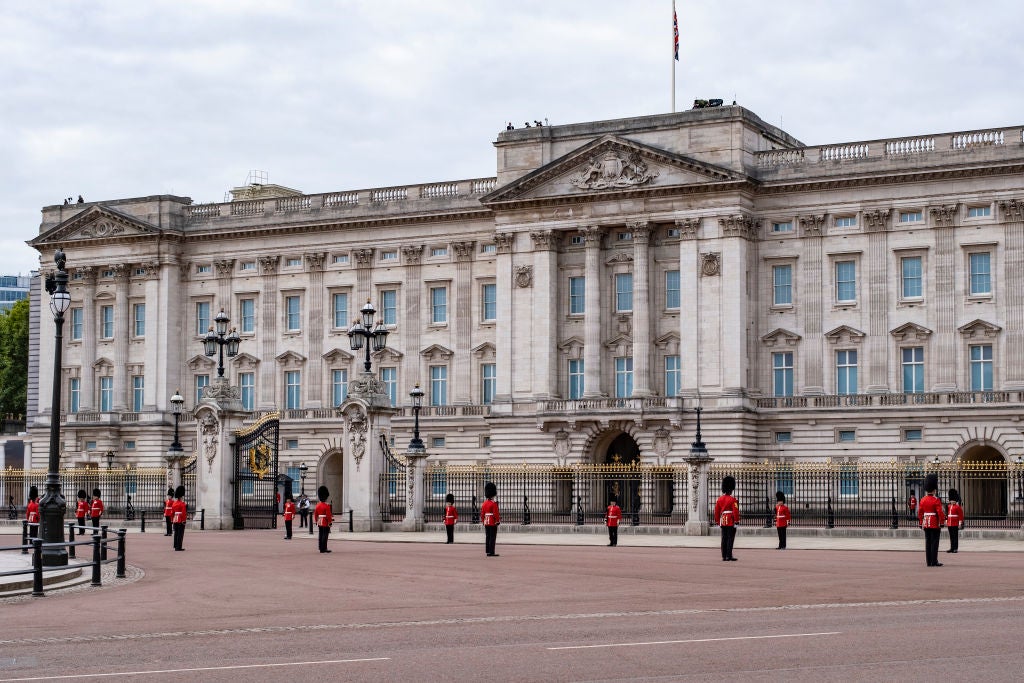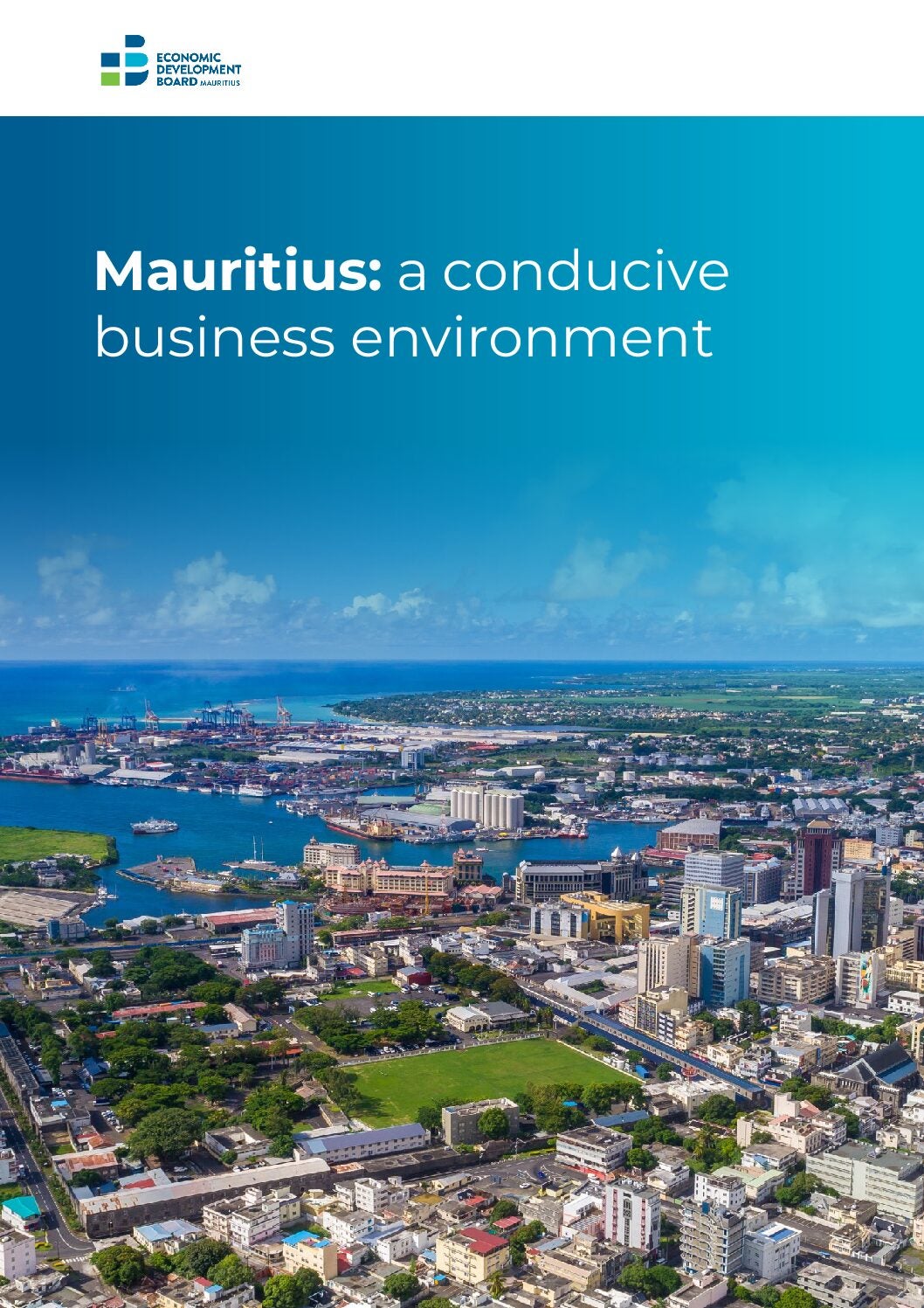
Buckingham Palace, Windsor Castle and Tower Bridge. These are some of the most iconic and recognisable royal buildings in the UK, but the country’s monarchy owns far, far more than that.
As of mid-2022, the Crown Estate reported £15.6bn in assets across the UK, including more than 115,000 hectares of agricultural land and forests, retail properties, most of Regent Street and about 55% of UK foreshore (beaches). Then there are the aforementioned royal residences, plus another six palaces, seven castles, 12 homes, 56 cottages and 14 ancient ruins (see this interactive map of all their UK listings as found on the Crown Estate website).

US Tariffs are shifting - will you react or anticipate?
Don’t let policy changes catch you off guard. Stay proactive with real-time data and expert analysis.
By GlobalDataThe variety of these assets is quite jaw-dropping, from Ascot Racecourse, the Oval cricket ground and three golf courses, to a private airfield, the Savoy Chapel and Stonehenge. Aside from Balmoral Castle in Scotland and Sandringham House in Norfolk, which King Charles now personally owns, the vast majority of the monarchy’s real estate assets are held by the Crown Estate.
What is the Crown Estate?
There was a point in the early 20th century when Pax Britannia ruled a quarter of the Earth, including countless regal homes across diverse geographies. Today, however, King Charles, who is now head of state for the Commonwealth countries, does not own any property abroad, except for a little farmhouse near Transylvania in Romania.
That said, as the Commonwealth’s head of state, King Charles does have access to at least 49 residences for state visits across the globe at the homes of his representatives in each country, such as Rideau Hall in Ottawa or Admiralty House in Sydney.
Although the royal family owns the Crown Estate in name, it is not actually its private property. The monarchy surrenders revenue from the estate to the Treasury each year in exchange for the ‘sovereign grant’; more specifically 25% of the estate’s profits – which totalled more than £86.3m in 2022, according to a Crown Estate financial report. This funding arrangement dates back to 1760, when George III reached an agreement to surrender his income from the estate in return for an annual fixed payment.
The Crown Estate seems fairly aware that public opinion surrounding the monarchy’s wealth is very divided. Many would see these assets nationalised, while others would defend them to the hilt. Visitors to the Crown Estate’s website are greeted by a large-font message that reads: “We are driven by our strong sense of purpose to create lasting and shared prosperity for the nation.” The website also makes it very clear that the estate has generated “revenue for the government over the past ten years [that] has contributed £2.6bn”.
“Our role is to support the nation in addressing some of the economic, social and environmental challenges and opportunities we face, alongside delivering a strong return to the public finances,” said Dan Labbad, chief executive of the Crown Estate, in mid-2022. “Whether that is helping accelerate the UK’s transition to a low-carbon future through the responsible management of the seabed, enhancing biodiversity nationwide, supporting regional economic renewal or securing London’s future as a world-class city, we remain committed to continuing to create value both now and for the long term.”
In recent months, the Crown Estate’s offshore wind assets have made headlines after King Charles announced that any new profits from offshore wind projects would be given back to the public. The announcement came as the Crown Estate said it expects to make an extra £1bn per year from the development of six new offshore wind projects.
King Charles, an outspoken environmentalist, pushed the Crown Estate towards what is today a very green position in line with the Paris Agreement’s 1.5°C goal. Its stated objectives include the decarbonisation of the Crown’s real estate portfolio, as well as the protection and growth of the UK’s seabed biodiversity. For example, in early March, the Crown Estate announced that it was working to protect Studland Bay’s seagrass and seahorse population.
The Monarchy’s crown jewels
The most valuable asset in the Crown Estate’s portfolio is Buckingham Palace, which is valued at some $5bn. The 775-room palace has been the official residence of the royal family since 1837.
Next is Hampton Court Palace, with an estimated value of $1.2bn. Known as the Tudor Palace, it is where King Henry VIII spent most of his time, with all six of his wives. Hampton Court is followed by the Tower of London, valued at $1.1bn and built by William the Conqueror in the late 11th century. It is home to the Crown Jewels, which are worth an estimated $4bn. Three queens of England – Anne Boleyn, Catherine Howard and Jane Grey – were executed there in the 1500s.
Next is Windsor Castle, with an estimated value of $743m. Over its nearly 1,000-year history, the castle has been home to 40 monarchs and is still a favourite of the royal family. The surrounding estate includes Windsor Great Park, golf courses and Ascot Racecourse.
Windsor Castle is followed by St. James’s Palace ($700m), known for its views over London’s Green Park and St James’s Park, two of the eight royal parks in the capital held by the Crown. And yes, it remains the case that the monarchy technically owns all unmarked swans across England’s and Wales’ parks and, more broadly, any open water.




